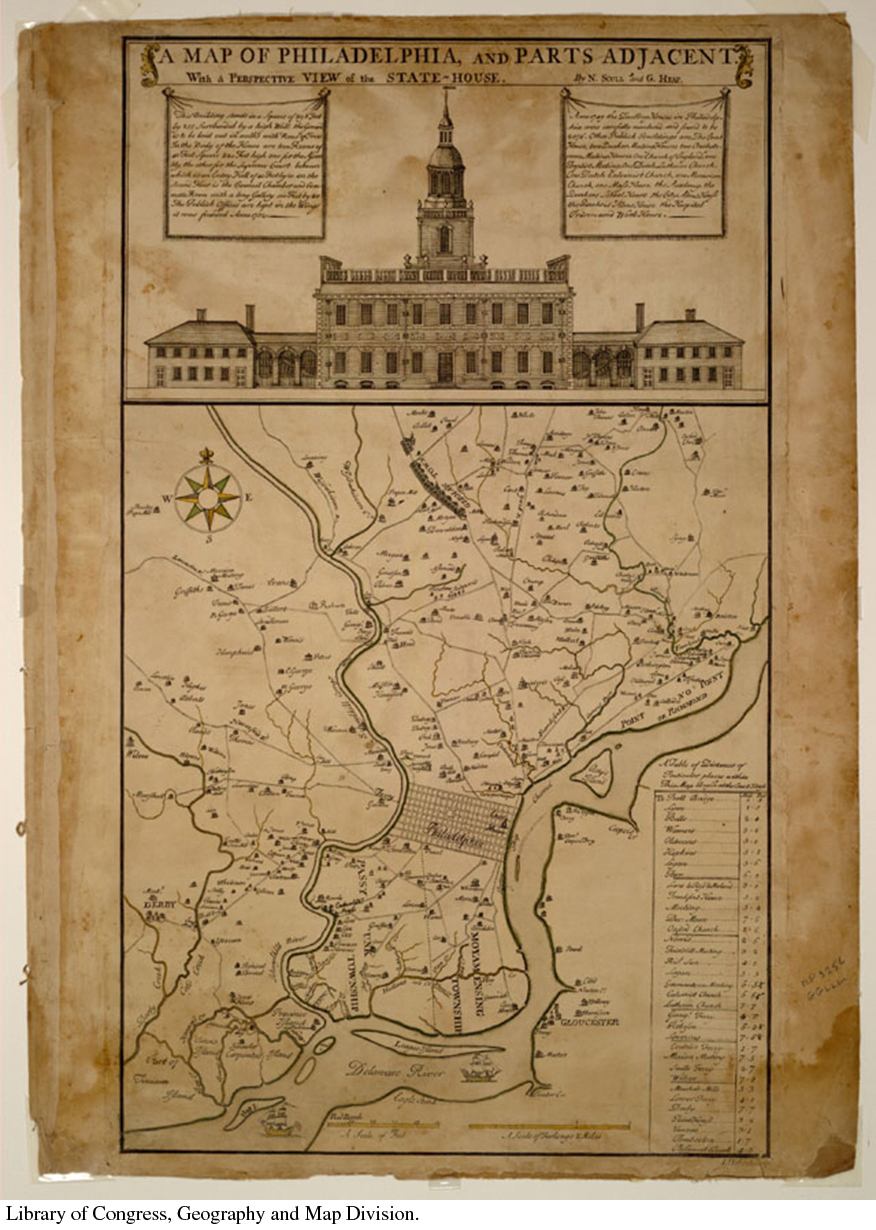Historical Background
Timeline
| 1536 | Anne Boleyn is executed. |
| 1711–1712 | Spectator is published. |
| 1720 | Susanna Wright composes her poem, “Anna Boylens Letter to King Henry the 8th.” |
| 1754 | Seven Years’ War begins. |
| 1758 | Hannah Callender’s diary begins. |
| 1761 | Callender and friends stitch the blue quilt. |
| 1765 | The Stamp Act. |
| 1766 | Sons of Liberty form. |
| 1767 | Townshend duties. |
| 1768 | Hannah Griffitts writes her poem “The Female Patriots.” |
While we are used to reading the work of male political writers of the eighteenth century, it is important to understand that the intellectual worlds of which they were a part included women too. James Otis penned one of the most important treatises of the pre-Revolutionary era, The Rights of the British Colonies Asserted and Proved; his sister, Mercy Otis Warren, wrote poems, plays, and a history of the Revolution. Though few eighteenth-century women had regular, long-term formal schooling, many families arranged for girls to learn far more than the basics of reading and writing skills from parents, through tutors, or in smaller, short-term schools. At the end of the eighteenth century and into the nineteenth century, more schools would be founded for both boys and girls, leading to what historian Mary Kelley has described as the bold entry of liberally educated women into civic life—as authors, speakers, and social reform activists. A few diaries and collections of letters allow historians to see the contours of this rich inner life and the ways that women engaged matters of critical public interest.
A circle of women readers and writers living in Philadelphia have left an usually rich trove of materials that historians and literary scholars have been exploring. Philadelphia was the largest city in British North America by the mid-eighteenth century. Small by modern standards, Philadelphia boasted about 30,000 residents by 1770. An important port, the city teemed with goods, including books, pamphlets, and magazines, imported from England. Though colonial printing capacity was much more modest by English standards, the city’s own Benjamin Franklin contributed to Philadelphia’s cosmopolitan print culture.
Literary culture served as an important part of young adults’ social gatherings. Tea tables were alight were discussion of the latest novels and poetry collections, as well as histories and both local and international news. Women and men equally decried the corrosive influence of politics and saw this as an arena particularly unsuited for women—but then, they often made such remarks at the very moment women were commenting on and otherwise engaging in politics!
Map of Philadelphia and Parts Adjacent, 1752
